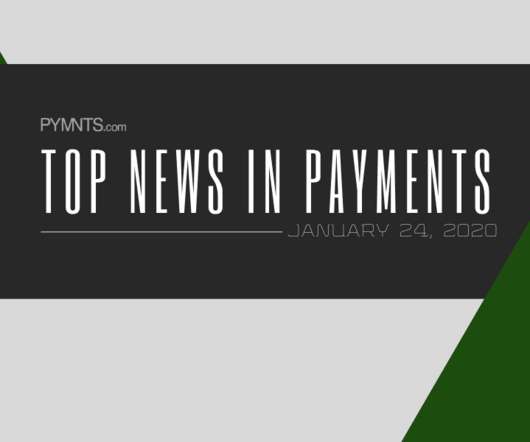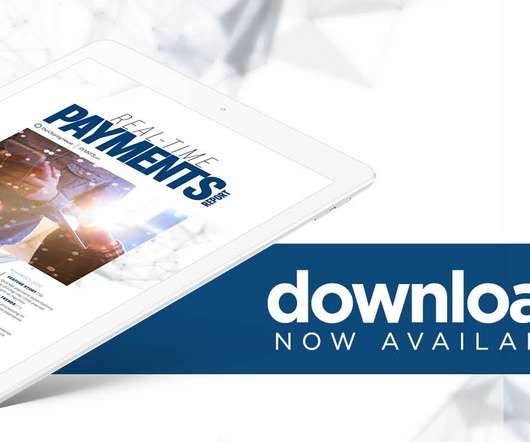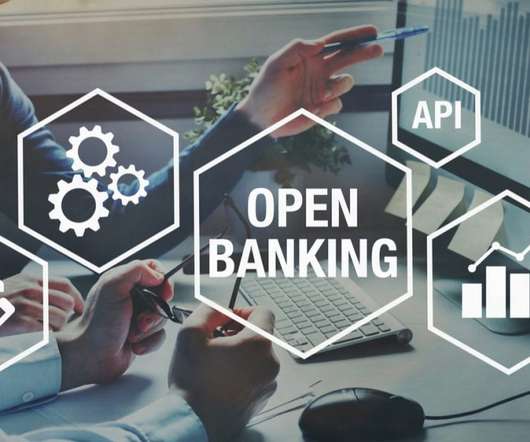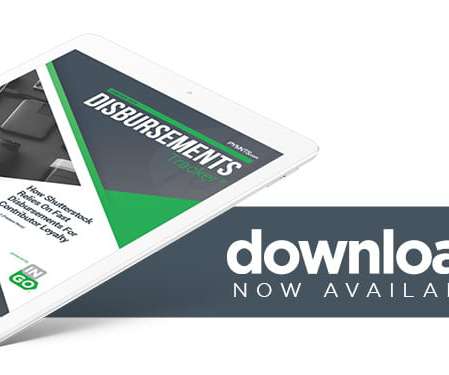Top News In Payments: TCH Increases RTP Threshold; Verizon Teams With Synchrony For Card
PYMNTS
JANUARY 24, 2020
In today’s top news, The Clearing House (TCH) is increasing the value limit for general transactions on the TCH-operated real-time payments (RTP) network, Verizon is working with financial firm Synchrony to put out its own consumer card and the United States is moving to get tough on the sale of counterfeit merchandise through eCommerce.





























Let's personalize your content